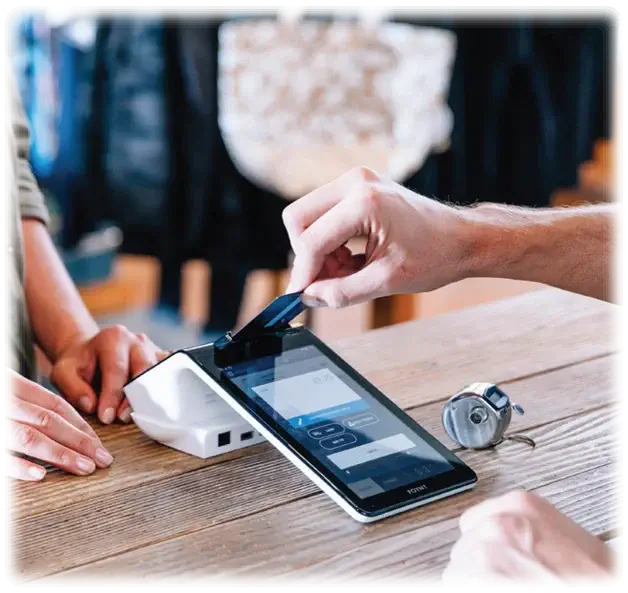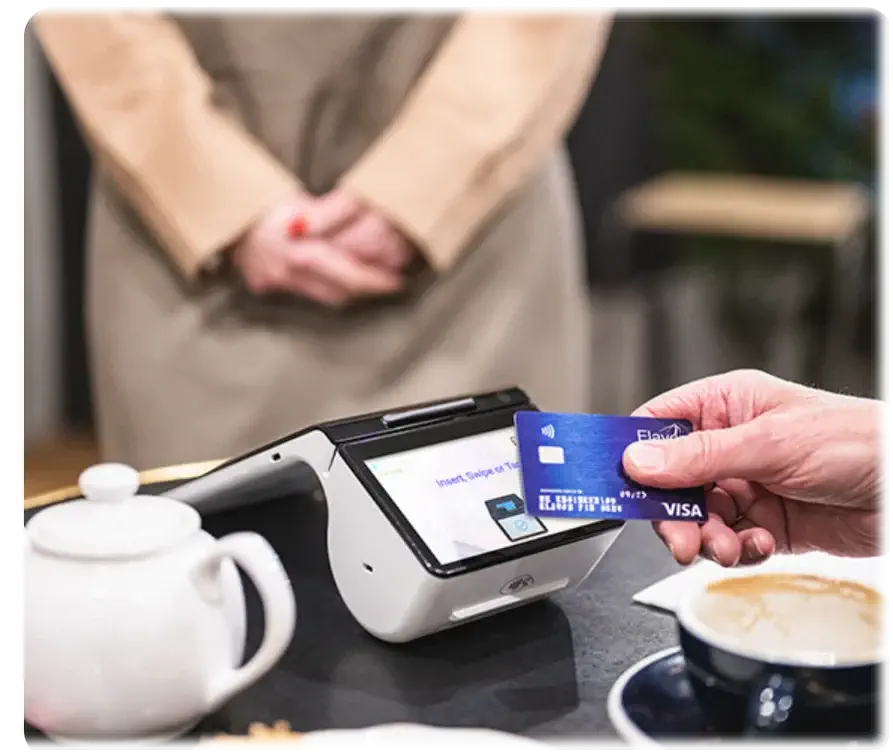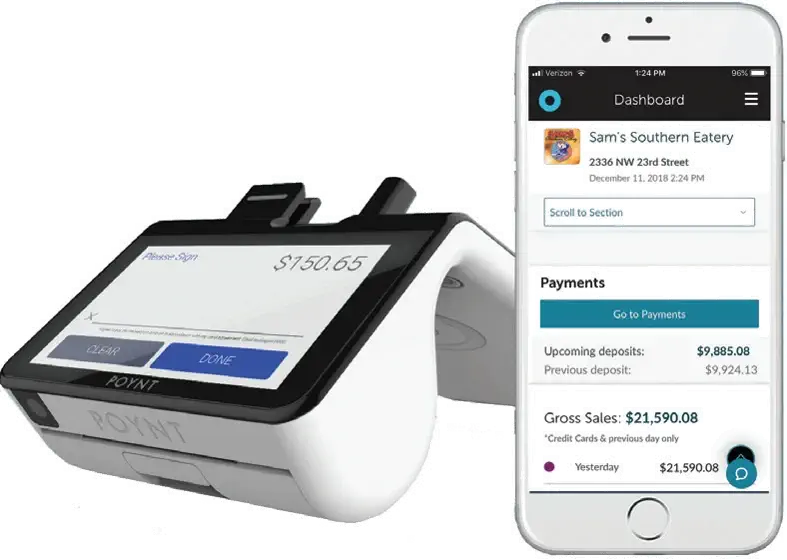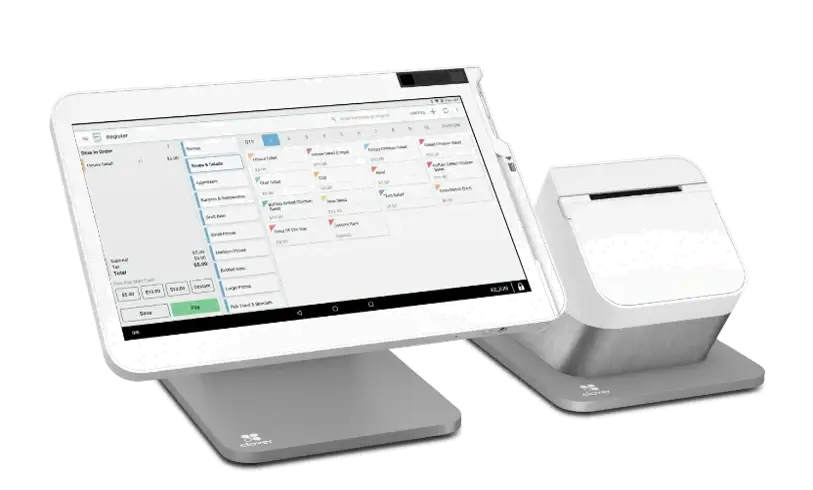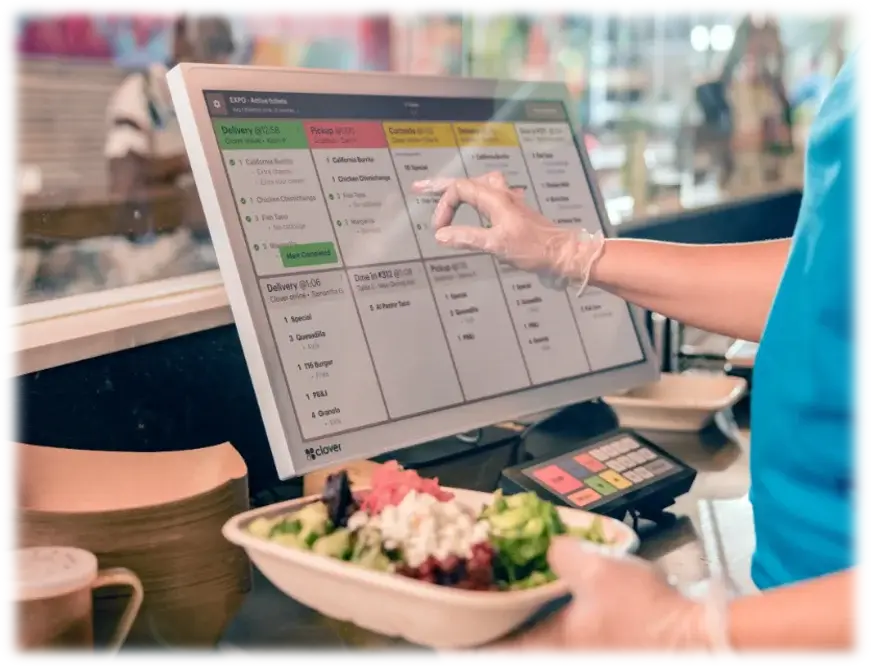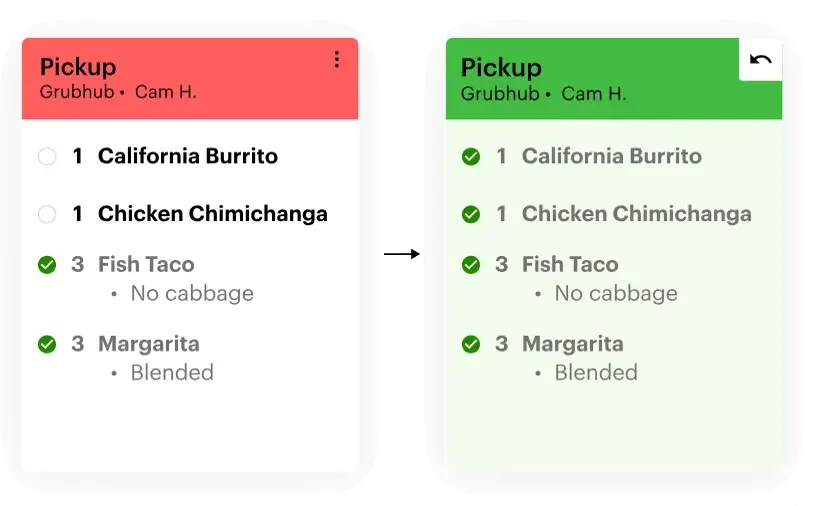Chargeback Prevention Strategies for High-Risk Merchants

CHARGEBACKS! Just the word can send shivers down the spine of any business owner, but for high-risk merchants, they represent a particularly significant threat. A single chargeback can sting, but a high volume of them can cripple your business, impacting your bottom line, damaging your reputation, and even leading to the closure of your merchant account.
While you cannot entirely eliminate chargebacks, especially when operating in a high-risk industry, you can implement effective strategies to significantly reduce them. This post will outline those strategies, helping you find the best high-risk merchant account and work with the best high-risk payment processors to safeguard your business.
Chargebacks are one of the most significant challenges high-risk merchants face, and their implications can be detrimental to a business’s reputation and finances. For high-risk merchants, the threat of chargebacks can result in lost revenue, hefty fees, and even the termination of merchant accounts by payment processors.
This blog explores essential chargeback prevention strategies for high-risk merchants, with a focus on how to protect your business and maintain smooth payment processing with the best high-risk payment processors and gateways.
Understanding Chargebacks: What They Are and Why They Occur
A chargeback occurs when a customer disputes a charge made to their credit or debit card. The card issuer refunds the transaction, pulling funds from the merchant’s account. Unlike regular disputes, chargebacks are initiated by the cardholder’s bank, not the merchant, and often result in chargeback fees, penalties, and loss of revenue.
For high-risk merchants, chargebacks can arise due to a variety of factors:
Fraudulent Transactions: High-risk industries are particularly vulnerable to fraud, leading to chargebacks from cardholders who claim they did not authorize the transaction.
Customer Dissatisfaction: In some cases, a customer may dispute a charge if they feel the product or service did not meet their expectations.
Technical Errors: Payment processing issues, such as incorrect billing information or system errors, can also lead to chargebacks.
High-risk merchants face a unique set of challenges due to the nature of their businesses, which typically have higher chargeback rates compared to traditional merchants. This can make securing and maintaining a high-risk merchant account more difficult.
The Impact of Chargebacks on High-Risk Merchants
Chargebacks can severely impact high-risk merchants in several ways:
- Financial Loss: Each chargeback comes with a fee from the payment processor, which can range from $20 to $100 per transaction. Frequent chargebacks may also result in higher processing costs.
- Merchant Account Termination: If a high-risk merchant exceeds a certain chargeback threshold, payment processors may terminate their accounts. This can make it challenging to secure reliable merchant services or find a high-risk payment processor in the future.
- Reputational Damage: High chargeback rates can damage a merchant’s relationship with customers and payment processors, making it harder to establish trust and secure the best high-risk merchant account.
For high-risk merchants, these consequences can be detrimental to business growth. Therefore, effective chargeback prevention strategies are essential for protecting both finances and reputation.
Proven Chargeback Prevention Strategies for High-Risk Merchants
- Improve Customer Service and Communication
One of the most effective ways to prevent chargebacks is to proactively address customer concerns before they escalate into disputes. By offering exceptional customer service and clear communication, you can resolve issues that may lead to chargebacks.
Clear Refund and Return Policies: Display your refund and return policies clearly on your website and ensure they are easy for customers to find. This reduces confusion and dissatisfaction.
Responsive Support Channels: Provide multiple ways for customers to reach out for support, whether by email, phone, or live chat. The faster you respond, the less likely customers are to initiate a chargeback.
- Use Advanced Fraud Prevention Tools
High-risk merchants should integrate fraud prevention tools into their payment systems to reduce the likelihood of fraudulent chargebacks. By using technologies designed for high-risk online payment gateways, you can detect and prevent unauthorized transactions in real time.
3D Secure (3DS): This authentication method requires customers to complete an extra step during the checkout process, reducing the risk of fraud.
Address Verification System (AVS): AVS compares the billing address provided by the customer with the one on file with the card issuer, ensuring the transaction is legitimate.
- Optimize Your Payment Processing Systems
Partnering with the best high-risk payment processors is critical in managing chargeback risks. Look for merchant service providers that offer chargeback management features and fraud prevention tools. A reliable high-risk payment gateway can help ensure transactions are securely processed and reduce the chances of chargebacks.
Real-Time Transaction Monitoring: Many high-risk payment processors provide real-time transaction monitoring, allowing you to spot suspicious activity immediately.
Advanced Risk Analysis: Some high-risk payment processors offer risk analysis tools that assess transactions for potential chargeback threats before approval.
- Provide Detailed Transaction Descriptions
One of the leading causes of chargebacks is confusion over what the transaction is for. High-risk merchants should include clear and detailed descriptions of their business name, the product purchased, and the transaction on customer credit card statements. This helps customers recognize the charge and reduces the likelihood of unwarranted chargeback claims.
- Set Up a Proactive Chargeback Management System
Proactively managing chargebacks can help mitigate risks before they become a problem. Regularly review your chargeback reports to identify patterns and address issues as they arise.
Respond Quickly to Chargebacks: When a chargeback occurs, respond swiftly with compelling evidence to support the legitimacy of the transaction. This may involve submitting proof of delivery, customer communication, or transaction logs.
Representment: In some cases, chargebacks can be disputed through representment, where the merchant presents evidence to the bank to reverse the chargeback decision.
Utilizing Technology and Analytics for Chargeback Prevention
Technology plays a crucial role in preventing chargebacks for high-risk merchants. By leveraging advanced tools, you can automate much of the process and increase the accuracy of your fraud detection.
Machine Learning and AI: Some high-risk payment processors use machine learning algorithms to analyze transaction data and detect chargeback risks in real-time. These systems learn from past chargeback activity and continuously improve their fraud detection capabilities.
Chargeback Prevention Software: Integrated software solutions can help you monitor transactions and automatically flag suspicious ones, providing additional layers of protection against chargebacks.
Merchant Services in the USA: Key Considerations for High-Risk Merchants
For high-risk merchants, especially in the USA, finding the right merchant services provider is essential. Many merchant service providers specialize in high-risk accounts, offering tailored solutions to help manage chargebacks and fraud prevention. These providers understand the unique challenges high-risk merchants face and offer comprehensive services, including robust chargeback management systems, fraud detection tools, and reliable payment gateways.
When selecting a provider, be sure to choose one with experience in high-risk industries. Look for those that offer competitive rates, excellent customer support, and advanced security features. Working with an experienced provider can help mitigate the risks associated with chargebacks and improve overall business stability.
Balancing Risk and Customer Experience
While chargeback prevention is crucial, it's essential not to compromise the customer experience. Overly aggressive fraud prevention measures can alienate legitimate customers. High-risk merchants must find a balance between safeguarding against chargebacks and providing a smooth, customer-friendly checkout process.
By implementing the right chargeback prevention strategies, utilizing the best high-risk merchant services, and partnering with high-risk payment processors who offer comprehensive solutions, you can significantly reduce the risk of chargebacks and protect your business. Remember, chargeback prevention is an ongoing process that requires regular evaluation and adaptation to stay ahead of emerging risks.
High-risk merchants should act now to protect their businesses from the detrimental effects of chargebacks. By reviewing your current payment processing systems and implementing these prevention strategies, you can safeguard your revenue and reputation. Consult with a merchant service provider today to optimize your chargeback prevention strategies and ensure long-term success.



